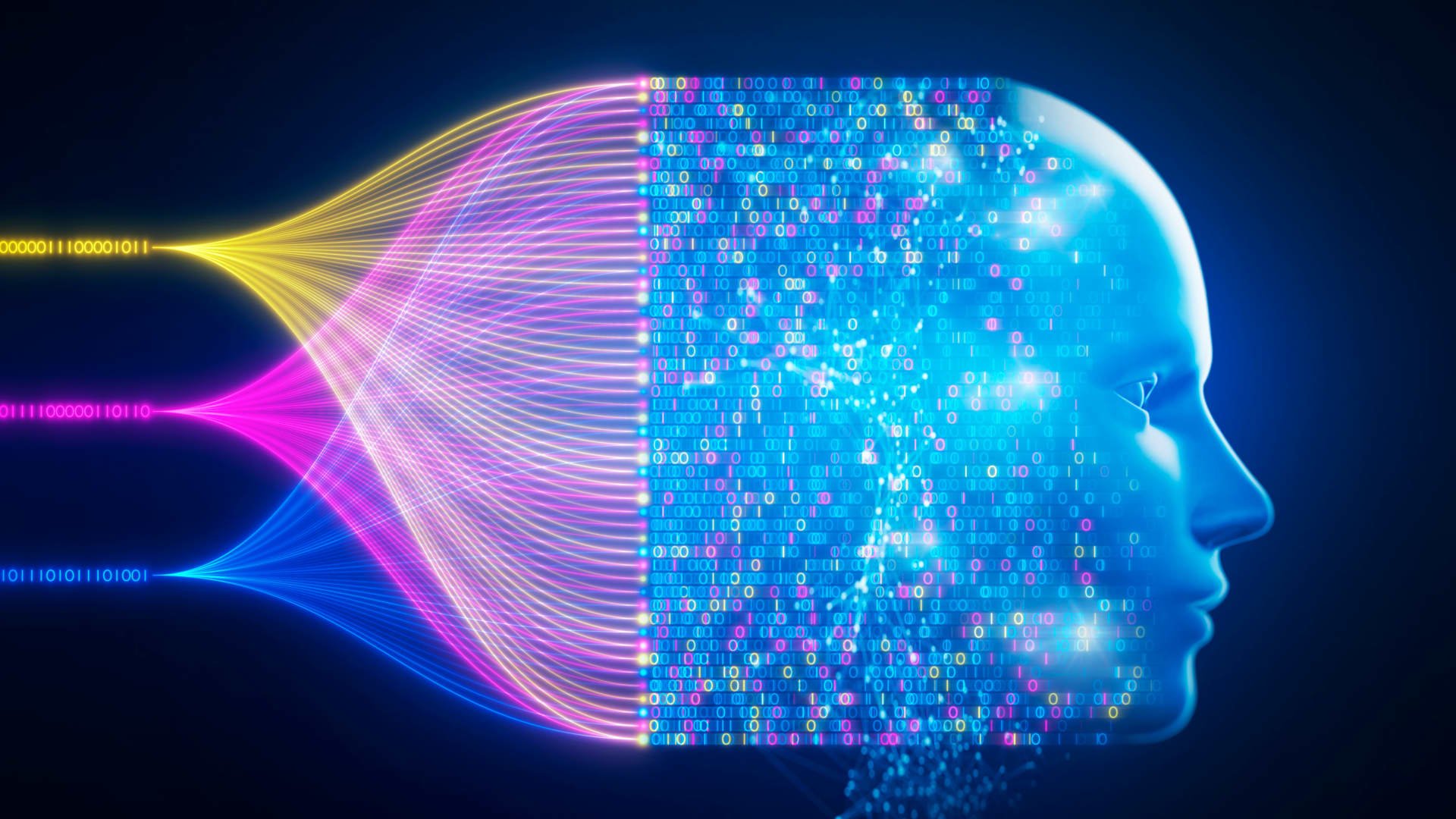AI Undress: The Controversial Technology That’s Raising Eyebrows Worldwide
Let me break it down for you—AI undress is a topic that’s stirring up conversations, debates, and even some heated arguments. It’s not just about technology; it’s about ethics, privacy, and where we draw the line when it comes to AI. This isn’t your everyday tech trend; it’s something that’s making people scratch their heads and question the implications of artificial intelligence in our daily lives. So, buckle up because we’re diving deep into the world of AI undress and uncovering what it really means for society.
Now, before we get into the nitty-gritty, let’s talk about why this topic matters. AI undress isn’t just some buzzword floating around tech circles. It’s a real thing that’s raising concerns about how AI is being used—and misused. Imagine a tool that can digitally remove clothing from photos with just a click. Sounds crazy, right? But that’s exactly what we’re dealing with here. And trust me, it’s not all sunshine and rainbows.
This isn’t just about tech enthusiasts and developers either. It’s something that affects everyone, from celebrities to everyday people. Privacy is a big deal, and when AI tools start crossing boundaries, it’s time to sit up and pay attention. So, whether you’re here out of curiosity or concern, you’re in the right place. We’re about to break it all down for you.
What Exactly is AI Undress?
Alright, let’s start with the basics. AI undress refers to the use of artificial intelligence algorithms to digitally alter images by removing clothing from individuals in photos. Crazy, right? This technology uses deep learning and neural networks to analyze and manipulate images, creating a version where the subject appears unclothed. But here’s the kicker—it’s not just for fun or entertainment. It’s a tool that’s raising serious ethical and legal questions.
Think about it. With the rise of AI-generated content, we’re seeing more tools that can alter reality in ways that were once unimaginable. AI undress takes it a step further by blurring the lines between consent, privacy, and digital manipulation. And that’s where things start getting messy. So, how did we even get here?
How AI Undress Works
Let’s dive into the mechanics. AI undress relies on machine learning models that are trained on vast datasets of images. These models learn to identify patterns and textures, allowing them to generate realistic depictions of unclothed individuals. The process involves several steps, including image analysis, segmentation, and synthesis. It’s like teaching a computer to “see” and then recreate what it sees—but with a twist.
- Decoding Knox Vivienne Twins Of Jolie Pitt All You Need To Know
- What Happened To Peter Attias Son Latest Details
- Image Analysis: The AI examines the photo and identifies key features like clothing, skin tone, and body structure.
- Segmentation: The algorithm separates different parts of the image, focusing on areas covered by clothing.
- Synthesis: Using learned patterns, the AI generates a new image where the clothing is removed, creating a realistic-looking result.
Now, here’s the thing—this technology isn’t perfect. While it can produce convincing results, there are often telltale signs that give it away. But that doesn’t stop people from using it for questionable purposes. And that’s where the trouble begins.
Why is AI Undress Controversial?
The controversy surrounding AI undress boils down to one thing: consent. This technology allows anyone to manipulate images without the subject’s permission, leading to potential misuse. Imagine someone using this tool to create fake images of you or someone you know. It’s not just creepy; it’s invasive and violating.
There’s also the issue of deepfakes. AI undress is closely linked to deepfake technology, which has been used to create misleading or harmful content. From fake celebrity nudes to revenge porn, the implications are far-reaching. And let’s not forget the legal ramifications. In many countries, creating or distributing such content can land you in hot water.
The Ethical Dilemma
When it comes to AI undress, ethics is at the forefront of the debate. On one hand, proponents argue that it’s just another form of digital art or experimentation. On the other hand, critics say it’s a blatant violation of privacy and consent. So, who’s right? Well, that depends on how you look at it.
Here’s the bottom line: technology itself isn’t inherently good or bad—it’s how we use it that matters. AI undress has the potential to be a powerful tool, but when it’s misused, it can cause real harm. And that’s why we need to have these conversations. It’s not enough to just focus on the tech; we need to consider the human impact as well.
Legal Implications of AI Undress
Now, let’s talk about the law. When it comes to AI undress, there are several legal considerations to keep in mind. First and foremost, creating or distributing non-consensual explicit content is illegal in many jurisdictions. This includes deepfakes, revenge porn, and other forms of image manipulation. So, if you’re thinking about using AI undress for nefarious purposes, think again.
But here’s the tricky part—laws vary from country to country. What’s illegal in one place might not be in another. That’s why it’s important to stay informed about the legal landscape in your area. And if you’re unsure, it’s always better to err on the side of caution. After all, the last thing you want is to end up in court over a tech experiment gone wrong.
Protecting Yourself from AI Undress
So, how can you protect yourself from the potential misuse of AI undress? Here are a few tips:
- Be mindful of what you share online. Once something is out there, it’s hard to take it back.
- Use strong privacy settings on social media platforms to control who can see your photos.
- Report any suspicious or harmful content to the platform or authorities immediately.
- Stay informed about the latest developments in AI and digital privacy laws.
Remember, knowledge is power. The more you know about AI undress and its implications, the better equipped you’ll be to protect yourself and your loved ones.
AI Undress and the Future of Privacy
As AI continues to evolve, so does the conversation around privacy. AI undress is just one example of how technology is pushing the boundaries of what’s possible—and what’s ethical. The question is, where do we go from here? Do we embrace these advancements and find ways to use them responsibly, or do we put the brakes on before things spiral out of control?
Experts are divided on the issue. Some believe that with the right regulations and safeguards, AI undress can be used for positive purposes, such as art or medical imaging. Others argue that the risks outweigh the benefits and that we should tread carefully. Whatever side of the fence you’re on, one thing’s for sure—this isn’t a debate that’s going away anytime soon.
The Role of Regulation
Regulation plays a crucial role in shaping the future of AI undress. Governments and tech companies are under pressure to create guidelines that balance innovation with safety. But striking that balance isn’t easy. Too much regulation could stifle creativity and progress, while too little could lead to chaos.
So, what’s the solution? It’s all about collaboration. By working together, stakeholders can develop frameworks that address the concerns of both developers and users. And that’s where the real change happens—not in the technology itself, but in how we choose to govern it.
Real-World Examples of AI Undress
To give you a better understanding of the impact of AI undress, let’s look at some real-world examples. One of the most high-profile cases involved celebrities whose images were manipulated using this technology. The backlash was swift, with fans and critics alike calling for stricter regulations and accountability.
But it’s not just celebrities who are affected. Everyday people have also fallen victim to AI undress, with some reporting instances of harassment and bullying as a result. These stories highlight the importance of raising awareness and taking action to prevent misuse.
Data and Statistics
According to recent studies, the use of AI undress technology is on the rise. In fact, some reports suggest that deepfake and AI-generated content have increased by over 50% in the past year alone. This trend shows no signs of slowing down, which is why it’s crucial to stay informed and vigilant.
Here are a few key statistics to consider:
- Over 70% of users are concerned about the privacy implications of AI undress.
- More than 60% of tech experts believe that regulation is necessary to address the issue.
- Approximately 40% of incidents involving AI undress have resulted in legal action.
These numbers paint a clear picture of the growing concern around AI undress and its potential consequences.
How Can We Use AI Undress Responsibly?
Despite the controversies, there are ways to use AI undress responsibly. For example, in the field of medical imaging, this technology could be used to enhance diagnostic tools and improve patient outcomes. Similarly, artists and designers could leverage AI undress for creative projects that push the boundaries of digital art.
But here’s the catch—it all comes down to intent. When used with the right intentions and proper safeguards, AI undress has the potential to be a force for good. The key is to ensure that it’s being used ethically and with respect for privacy and consent.
Best Practices for Developers
For developers working on AI undress technology, there are several best practices to keep in mind:
- Implement robust consent mechanisms to ensure that all users are aware of how their data is being used.
- Develop transparency features that allow users to see how the technology works and what it’s capable of.
- Collaborate with legal experts to ensure compliance with local and international laws.
By following these guidelines, developers can help create a safer and more responsible AI ecosystem.
The Bottom Line
So, what have we learned? AI undress is a powerful technology with the potential to revolutionize industries and reshape how we think about privacy. But with great power comes great responsibility. It’s up to us—developers, users, and regulators—to ensure that it’s used in a way that benefits society as a whole.
Here’s the call to action: if you’ve made it this far, take a moment to reflect on what you’ve learned. Share this article with someone who might find it useful. Leave a comment with your thoughts or questions. And most importantly, stay informed and engaged in the conversation. Because when it comes to AI undress, the future is in our hands.
Table of Contents
- AI Undress: The Controversial Technology That’s Raising Eyebrows Worldwide
- What Exactly is AI Undress?
- How AI Undress Works
- Why is AI Undress Controversial?
- The Ethical Dilemma
- Legal Implications of AI Undress
- Protecting Yourself from AI Undress
- AI Undress and the Future of Privacy
- The Role of Regulation
- Real-World Examples of AI Undress
- Data and Statistics
- How Can We Use AI Undress Responsibly?
- Best Practices for Developers
- The Bottom Line
- Knox Joliepitt What To Know About Brad Amp Angelinas Son
- Remembering Victoria Principal 70s 80s Icon Dallas Star

Free Undress Tool Exploring The Controversy, Technology, And Ethical

Wall Street may be overlooking this key AI investing area

1073065941695734246112gettyimages1458045238aifacesidespeaking.jpeg